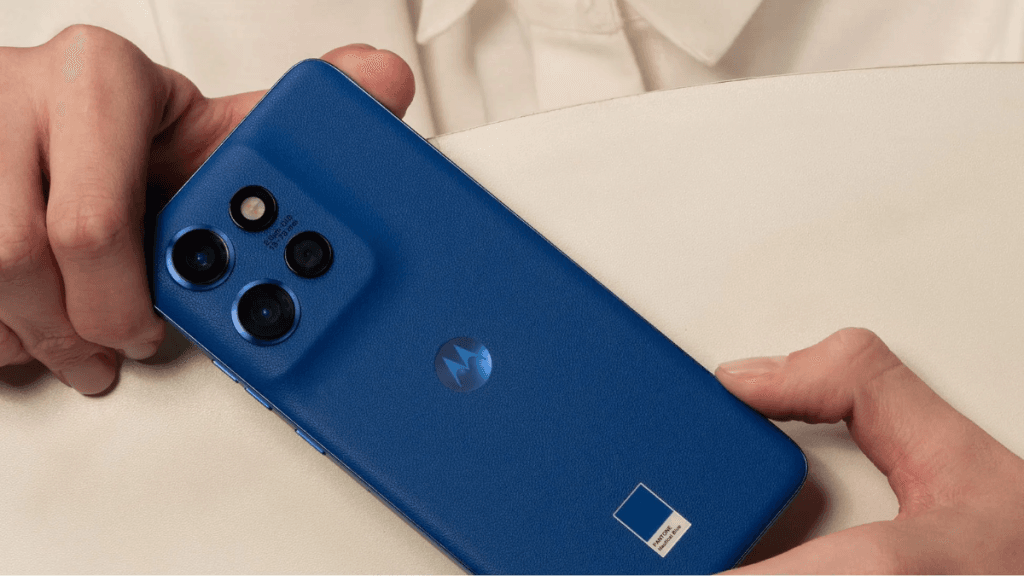Samsung and Google have transformed the software update landscape by introducing seven Android updates. Their faster release of these updates makes them a top choice for users who value extended software support. This shift is likely to negatively impact sales for other Android brands, prompting many to revise their software update policies.
Motorola’s New Approach
Motorola, which traditionally offered just three Android updates, is now stepping up its game with a commitment to provide up to five years of Android updates. The Motorola Edge 50 Neo, launched in August, was the first device from Motorola to benefit from this new policy.
Following the Edge 50 Neo, the company has also introduced the Moto G75 and ThinkPhone 25 to the global market. Both phones come with a commitment to five generations of Android updates. This marks a significant change for Motorola, indicating they are moving in the right direction.
A Notable Improvement
Despite there still being a gap between Motorola’s update offerings and those of Samsung and Google, this recent development is a big leap from what Motorola previously provided. For example, the Motorola Razr 50 Ultra, one of the brand’s pricier models, only guarantees three Android updates, while the mid-range Moto G75 promises five.
Motorola’s update policies have not been strong points for the brand, especially for its high-end devices which were limited to three Android upgrades. The slow pace of software updates in recent years has added to consumer frustration. However, it seems the brand has taken a lesson from past mistakes, now offering better software support on its latest devices. Still, I would feel more at ease choosing a Motorola phone if they could also enhance the speed of their software rollout.
Fans’ Perspective
Motorola enthusiasts will likely appreciate the brand’s new commitment to longer software support. Nevertheless, this change does not benefit older Motorola models, which will not receive additional Android upgrades.


Leave a Reply